In motorsport, victory is often the ultimate goal. However, there are instances where a race car’s impact transcends the confines of the winner’s circle. These machines may not have clinched a checkered flag, but they left an indelible mark on the sport, influencing design, engineering, and racing strategy. Let’s delve into seven such race cars that, despite never tasting victory, changed the game.
Chaparral 2J (1970)

The Chaparral 2J, nicknamed the “Sucker Car,” revolutionized aerodynamics and downforce in racing. Designed by Jim Hall, this car featured two large fans at the rear, which sucked air from beneath the car, effectively creating a vacuum and generating immense downforce. Despite facing controversy and skepticism, the 2J showcased the potential of ground effects in racing, paving the way for future developments in aerodynamics.
Lotus 56 (1968)
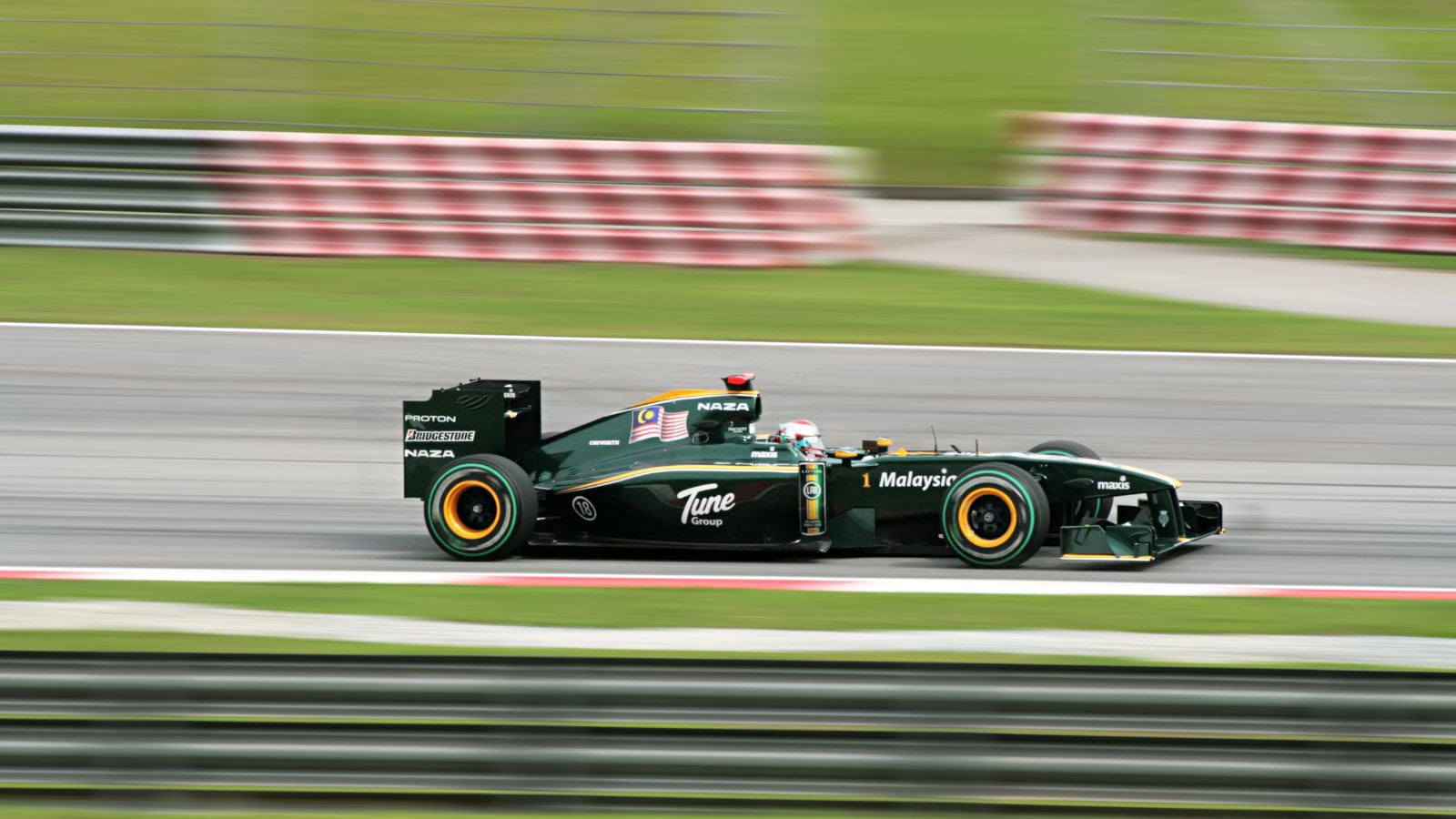
The Lotus 56 was a radical departure from traditional racing cars of its time. Designed for the Indianapolis 500, it featured a gas turbine engine, marking one of the earliest attempts to explore alternative powertrains in motorsport. Although it faced reliability issues and failed to finish the race, the Lotus 56 showcased the potential of turbine technology, influencing subsequent engine design and efficiency innovations.
Mercedes-Benz C9/C11 (1989-1990)
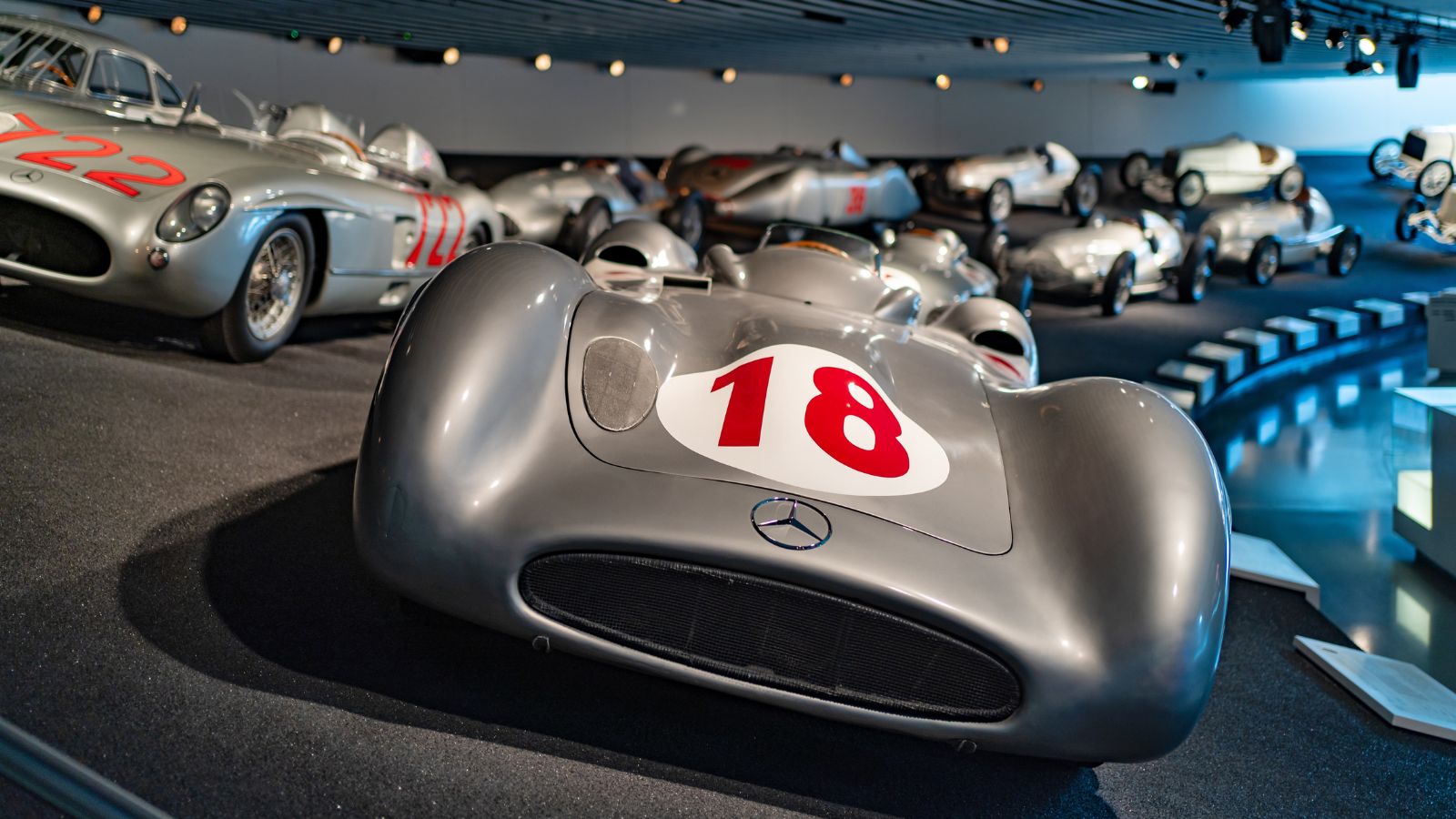
The Mercedes-Benz C9 and its successor, the C11, built by Sauber, were daunting contenders in sports car racing during the late 1980s and early 1990s. Despite their dominance in terms of performance and reliability, the C9 and C11 faced stiff competition from rival teams such as Porsche and Jaguar, often narrowly missing victory. Nevertheless, with their M119 5.0L twin turbo V8 engines, these cars pushed the boundaries of engineering excellence, particularly in areas like materials and turbocharging, setting new standards for endurance racing.
Nissan R390 GT1 (1997)
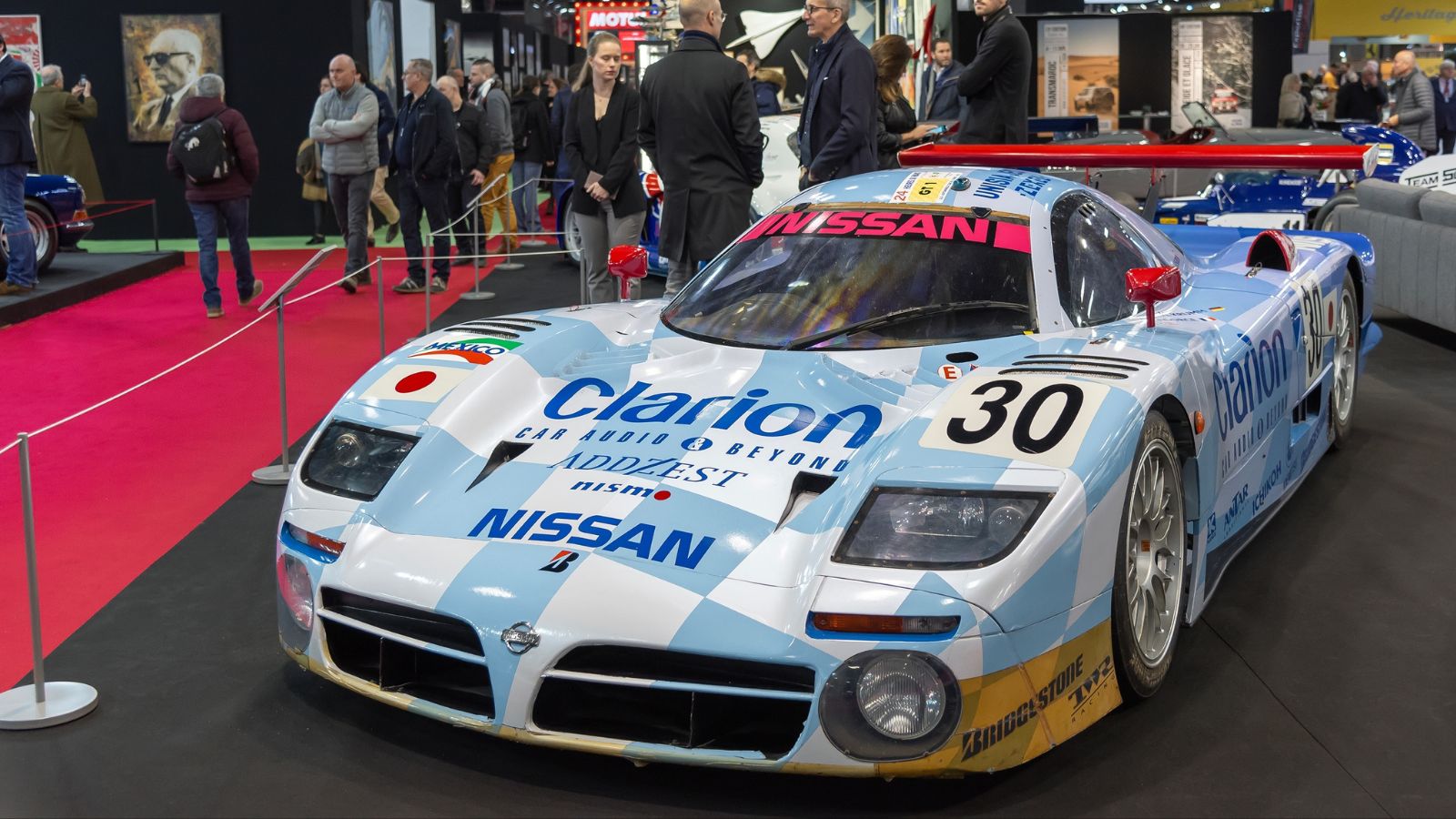
The Nissan R390 GT1 was Nissan’s ambitious foray into GT1-class endurance racing. It featured a mid-engine design utilizing a 641-horsepower 3,495cc twin-turbo V6 engine with 470 lb.-ft of torque. It was timed at 3.3 seconds at 0 –60 mph and 10.9 seconds at 155 mph for the ¼-mile. The car had a brief racing career of two years, during which it struggled against established rivals like Porsche and McLaren. Nonetheless, its influence on Nissan’s performance car development and GT racing evolution remains significant.
Toyota GT-One (1998-1999)

The Toyota GT-One, also known as the TS020, was Toyota’s bold attempt to conquer the prestigious 24 Hours of Le Mans. While the GT-One showcased an upgraded version of the twin-turbocharged 3.6 L (220 cu in) R36V V8 engine, it fell short of victory due to mechanical failures and fierce competition from Audi and BMW. The GT-One elevated Toyota’s reputation in endurance racing and paved the way for future successes in motorsport.
Jaguar XJR-14 (1991)
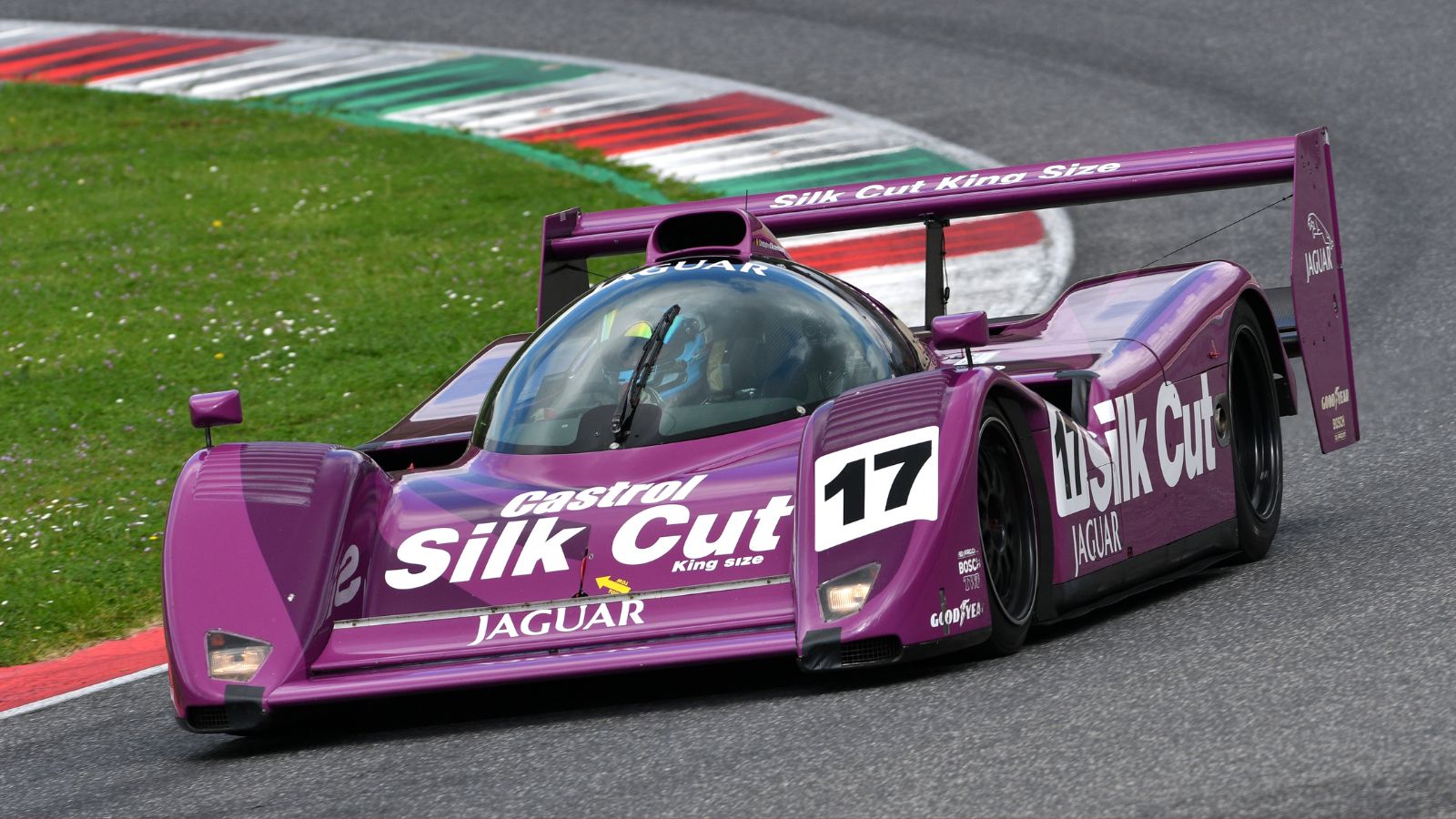
The Jaguar XJR-14 was a formidable contender in sports car racing during the early 1990s. Developed by Tom Walkinshaw Racing, this car targeted a lower curb weight of 1,650 lb. (748 kg) and a powerful V12 engine, making it a force to be reckoned with on the track. Despite its undeniable performance capabilities, the XJR-14 faced tough competition from rival teams like Peugeot and Mazda. However, its technological innovations left a lasting impact on sports car design and engineering.
Brabham BT46B “Fan Car” (1978)
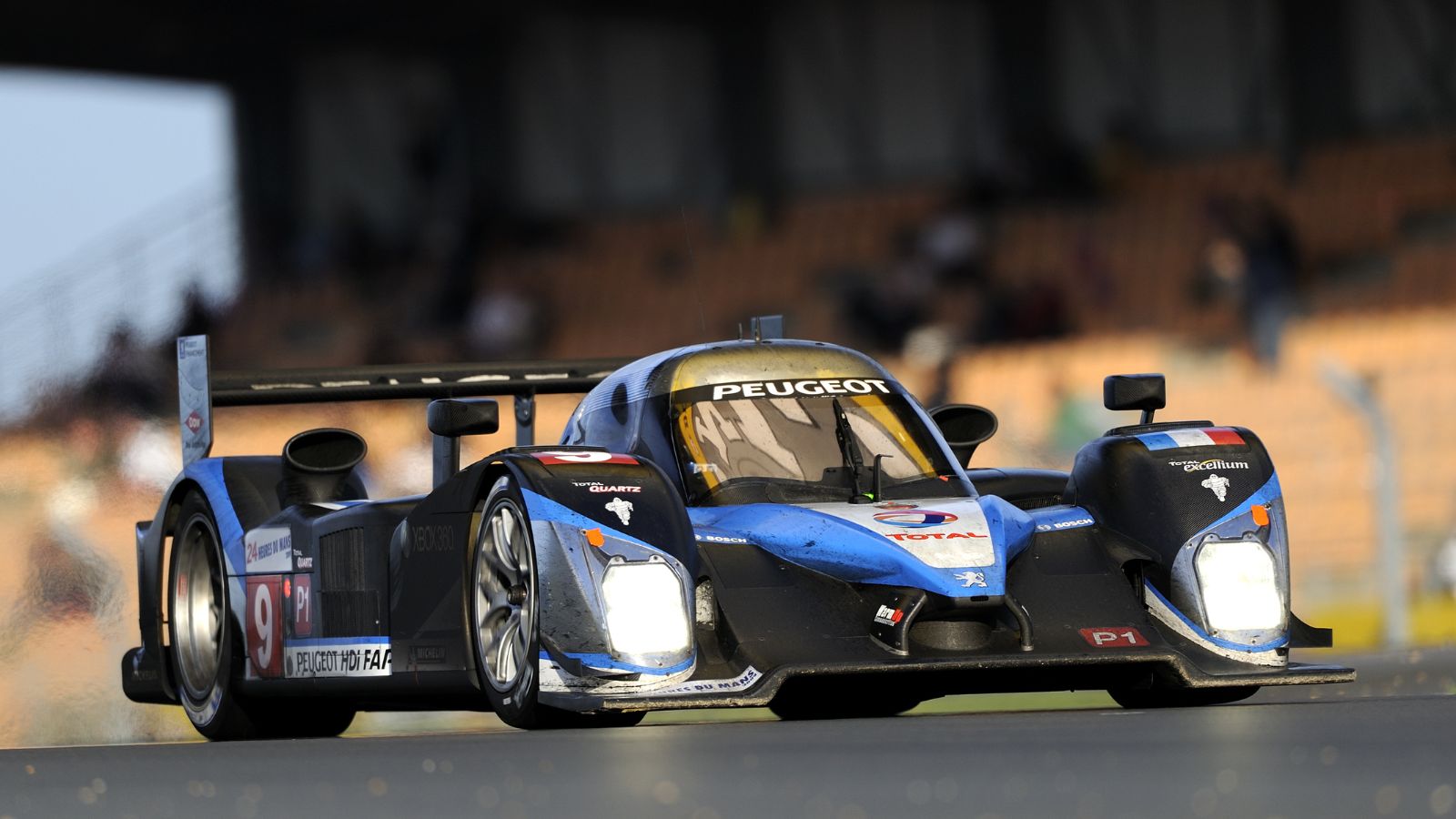
The Brabham BT46B, also known as the “Fan Car,” caused a stir in Formula One. Gordon Murray designed a groundbreaking innovation featuring a large fan at the rear to generate immense downforce. Despite its technological edge, it only raced once at the Swedish Grand Prix, where Niki Lauda claimed victory. However, the car was withdrawn from competition due to concerns over its legality and unfair advantage. The FIA banned fan cars, making the BT46B’s potential victories moot. Despite its short-lived racing career, the BT46B remains a legendary example of innovative engineering and the constant push for performance in Formula One.
14 Cars With A Reputation For Running Forever And Why They Outperform The Rest

In the dynamic world of automobiles, some cars stand out for their remarkable longevity and enduring performance. These road warriors have earned a reputation for running seemingly forever, outpacing their counterparts. This article will explore 14 such vehicles and the reasons behind their legendary durability. 14 Cars With A Reputation For Running Forever And Why They Outperform The Rest
